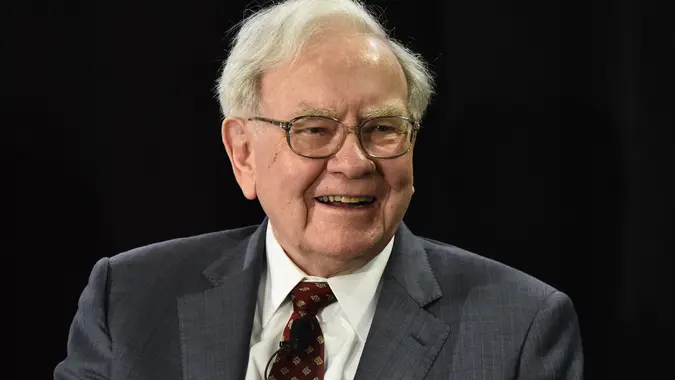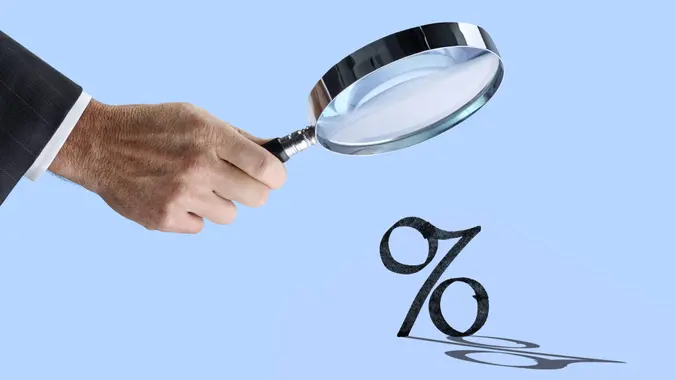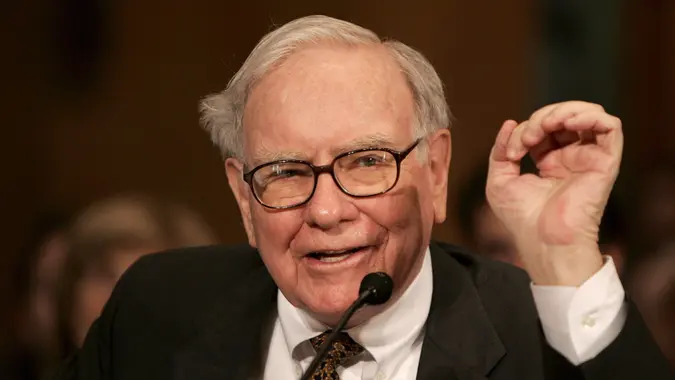Grant Cardone’s Controversial Bet: Why He’s Investing In Collectibles, Not Just Stocks

Commitment to Our Readers
GOBankingRates' editorial team is committed to bringing you unbiased reviews and information. We use data-driven methodologies to evaluate financial products and services - our reviews and ratings are not influenced by advertisers. You can read more about our editorial guidelines and our products and services review methodology.

20 Years
Helping You Live Richer

Reviewed
by Experts

Trusted by
Millions of Readers
There’s no shortage of investment advice out there. Everybody seems to have an idea about how to create long-term wealth, but some are a little more outside the box.
Just ask Grant Cardone. The private equity fund manager, New York Times bestselling author of “The 10X Rule” and social media celebrity recently showcased his multimillion-dollar art collection on YouTube.
Cardone invests in more than just traditional wealth-creation avenues like stocks and real estate; he’s also betting big on alternative investments like art and other collectibles. Should you, too?
What Are Alternative Investments?
An alternative investment is a financial asset that isn’t considered a conventional investment, like stocks, bonds or cash. It can include a wide variety of assets, including hedge funds, private equity, venture capital, managed futures, commodities, derivatives contracts and collectibles.
Many of these investments require sharp financial literacy, which helps explain why just 20% of Americans are knowledgeable about alternative investing, according to an Alto survey. Alternative investing requires some unique knowledge, too, but if you have a passion for sports cards, art, wine or other collectibles, it could give you an avenue toward long-term wealth creation.
Why Invest In Collectibles?
Art investing has been around since the dawn of civilization, when the rulers of ancient Egypt and Mesopotamia commissioned artists to create beautiful works for their pleasure and to add to their wealth. Over the centuries, art patronage has grown to become a symbol of high status, from the Renaissance to the modern day. Today, art is more accessible than ever thanks to online marketplaces like Masterworks and Artelier, but shopping for art can feel like a daunting, overwhelming task.
Nonetheless, despite a dip in total auction sales, the art market still surpassed $11 billion in 2023, indicating a lot of potential for savvy investors. The overall collectibles market, in fact, is worth more than $500 billion, headlined by items like luxury watches, handbags and vintage cars.
Pros of Investing In Collectibles
- More accessible than ever: Thanks to technology and fractional ownership, collectively owning pieces of art and other collectibles with others makes it easier to get into the business.
- Low correlation with other asset classes: Diversifying your investment portfolio is easier with collectibles since they’re so different from traditional assets.
- Slow returns: Since you don’t get active updates on collectible prices, you’re less likely to act emotionally and pull the trigger on a sale too soon.
- It’s fun: You get to collect things you love!
Cons of Investing In Collectibles
- Illiquidity: It can be difficult to turn collectibles back into cash — you need to find a buyer.
- Opaqueness: Selling a piece at auction is rarely public, so it’s difficult to understand exactly what a piece is worth to whom.
- Difficulty: The art market is largely driven by a few major sales each year — few sales actually have large returns.
- Fractional ownership: When you share ownership with others, you don’t get the benefit of hanging the art or enjoying the collectibles in your home.
How To Invest In Art
“I’m very new to the art world,” Cardone told CNBC early this year. “If I like it, I buy it. I don’t care who did it.”
While that’s easier for someone with Cardone’s resources, the idea alludes to the whole point of collecting. You collect something because you like it. And that’s how you start:
- Identify collectibles you love, like art, cars, watches or sports cards.
- Create a budget for investing in collectibles and don’t exceed that budget.
- Browse sites like Masterworks, eBay or even Craigslist.
- Diversify your collection with different artists and assets.
- Watch the market, and sell if and when you’d like through those same marketplaces.
“The stock market doesn’t give me any fulfillment,” Cardone said. “I don’t go back and look at my Apple shares and feel good about it. But I walk in my gallery or down the kitchen or in my office and I see a piece, and I’m like, man, it’s super cool.”
That feeling alone may be worth making the investment.
 Edited by
Edited by 
























